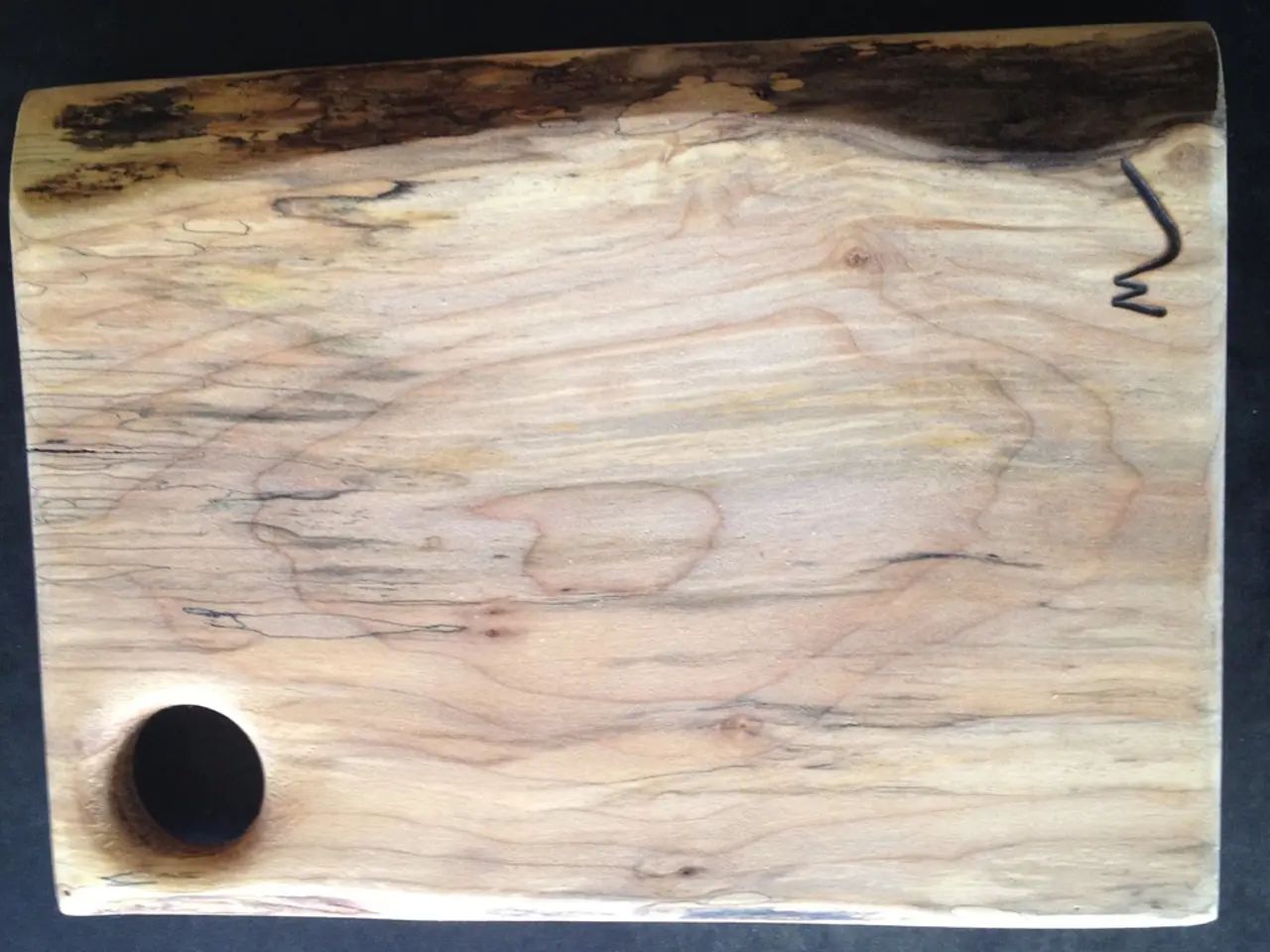Iconic Room Divider from the 1930s Gaining Popularity Today
The wavy wooden room divider is a stand-out piece that seamlessly blends the elegance of Art Deco with the innovative craftsmanship of Scandinavian modernism. This contemporary room divider, reminiscent of Alvar Aalto's Screen 100 from the 1930s, is a reimagined version of a classic design that adds a historical touch to any room.
Originating from early to mid-20th century modernist and Art Deco movements, this room divider emphasizes organic shapes, elegance, and craftsmanship. The form of this screen is taken from Alvar Aalto's 1936 design for his Screen 100, an early example of organic modernism that also demonstrated many of the streamlined ideals of the concurrent Art Deco period.
The beauty of the modern version of the room divider comes from the wood tambour construction and its gently undulating form. The slats are made of stained pine, adding a natural warmth and texture to the design. This room divider, while taking on a more modern design, retains the warmth and texture of the wood, allowing it to blend seamlessly into a multitude of design styles.
The modernity, simplicity, surface patina, and striking sculptural silhouette of the room divider make it timeless and in sync with today's decorating trends. It can be used in various design styles, such as Japandi living rooms or creative home office spaces. To style the modern version of the room divider, it is recommended to either embrace a wood-drenched aesthetic or make it a stand-out moment by picking a paint color that pairs well with the natural wood finish.
For those who appreciate the design but are working with a tighter budget, a budget-friendly interpretation of the original design is available for £71.99. Traditional folding screens can also be used as an alternative to the wavy wooden room divider.
The modern version of the wavy wooden room divider, designed by Paul Smith, costs £3,150. This room divider, reminiscent of a classic screen style from the 1930s, can work across both vintage and contemporary aesthetics. Baumann Fils et Cie, a French company based in a Paris suburb, created a similar room divider in the 1940s. They specialize in creating rolling and folding window blinds as well as garage doors, and their expertise in crafting slatted items was perfect for the creation of this paravent, or screen.
Baumann Fils et Cie, the company responsible for the contemporary room divider, was in business between 1921 through 1969. The timber-slatted wavy room divider that has gone viral on social media is a practical way to break up a space and can double as an eye-catching art piece. The modern version of the room divider is a stand-out piece due to its modernity and functionality.
Incorporating a partition, such as a DIY room divider, can bring a room to life. Whether you choose the modern version of the wavy wooden room divider or a traditional folding screen, a room divider can add a historical touch and enhance the overall aesthetic of your space.
[1] Art Deco Era [2] Alvar Aalto
- The wooden room divider, with its organic shapes and texture, showcases elements of Art Deco Era design, particularly Alvar Aalto's Screen 100 from the 1930s.
- The slats of the modern version of the wavy wooden room divider are made of stained pine, adding a natural warmth and a trendy touch to interior-design.
- In contemporary living rooms or home office spaces, the artistic texture and sculptural silhouette of the modern wooden room divider can fit seamlessly into various decor styles, including Japandi.
- For individuals seeking a more budget-friendly option, traditional folding screens, reminiscent of the wavy wooden room divider, are available at a lower cost.
- The contemporary version of the wavy wooden room divider, designed by Paul Smith, is a rejoice for home-and-garden enthusiasts and interior-design lovers, costing £3,150.
- The timeless and functional nature of the modern wavy wooden room divider, crafted by Baumann Fils et Cie in the 1940s, makes it an ideal decor piece and an attractive piece of decor art for one's lifestyle.



